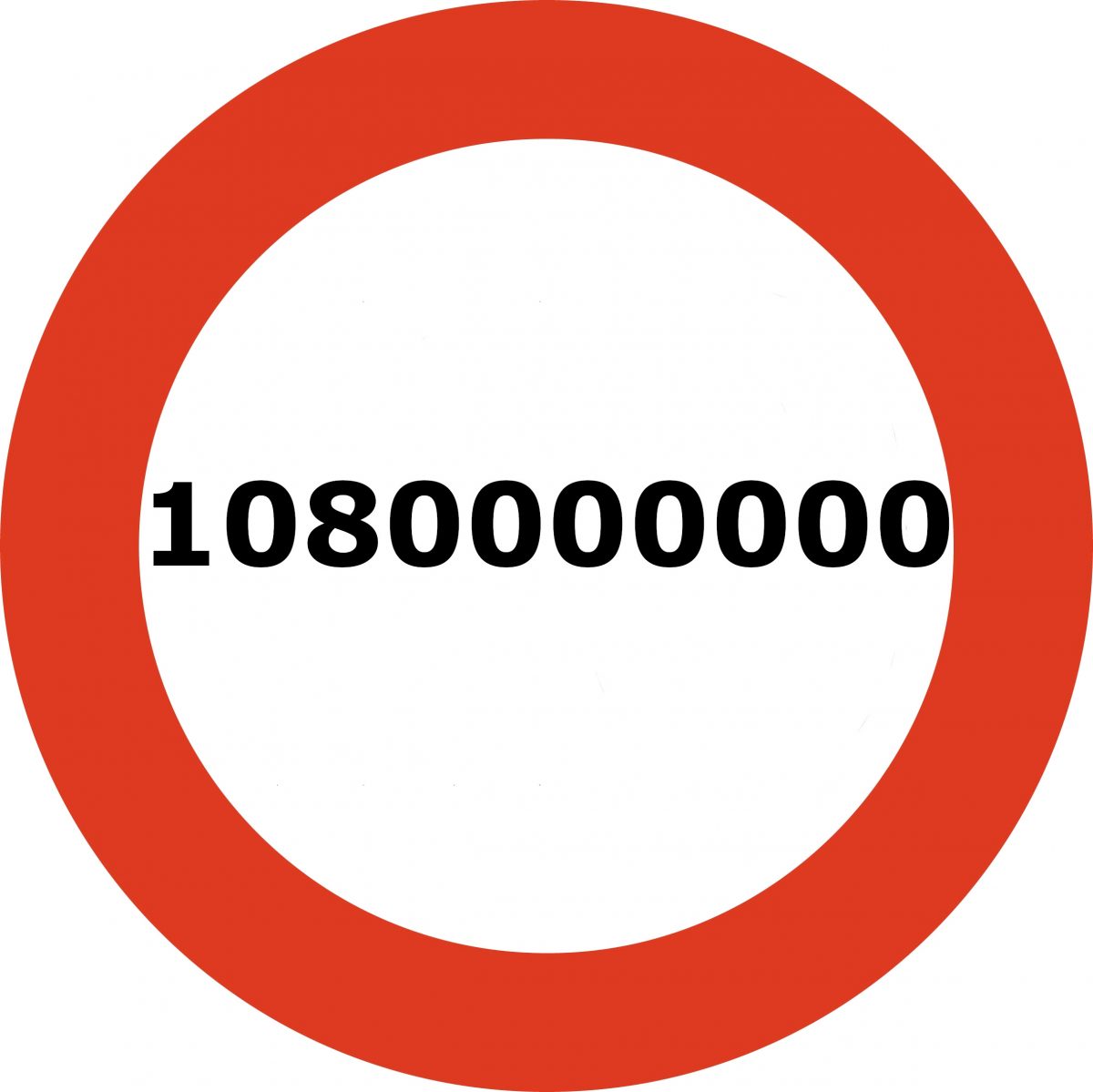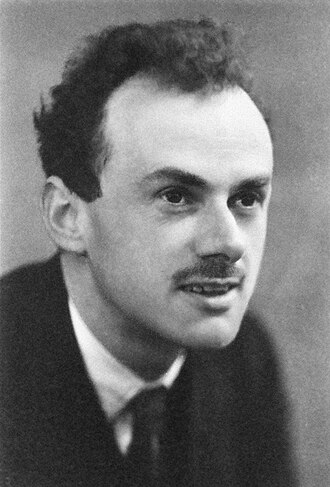Where relativity meets the quantum

A while ago, in an episode of the popular Scandinavian talk show Skavlan, the founder of Norwegian Air Shuttle, Bjørn Kjos, met with famous mathematician and Fields medalist Cedric Villani. Kjos was talking about how he had been trying to solve the Schrödinger equation – seemingly impressing Villani quite a bit. “Wow, you are brave!” he exclaimed. However, I suppose he would have been even more impressed if Kjos had taken on the Dirac equation.
You may have learned that when material things start approaching the speed of light, the absolute speed limit of nature, our world starts looking strange. According to Einstein’s theory of relativity, things become shorter and time evolves more slowly.
Perhaps you have also heard that no-one has succeeded in formulating a theory comprising both quantum physics and relativity. Luckily, this is only partly true. More specifically, it is true when it comes to Einstein’s theory of general relativity, which deals with gravitation and is essential to our understanding of how the universe came about and evolves.
General theory’s predecessor, special relativity, however, is happily united by quantum physics. This union is entitled the Dirac equation, which the Brit Paul Dirac introduced in 1928 – only a couple of years after Erwin Schrödinger published his famous equation. Dirac and Schrödinger shared a Nobel price for that only a few years later.

The Dirac equation includes the Schrödinger equation as a special case – except that it also encompasses the strange notion of electron spin. This is, however, not the strangest thing that emerges from Dirac’s equation.
The equation is plagued with several issues which makes it hard to solve – also numerically. One of these issues is that it features solutions of negative energy – in addition to the expected ones. The meaning of these odd solutions remained a mystery for a while – even to Paul Dirac himself. In an interesting interview conducted by Friedrich Hund in 1982 – well worth seeing – he talks about how he spent a year or so pondering on how to deal with them. His solution, eventually, was to postulate a sea of occupied states – a sea from which particles could be promoted leaving behind a hole. Somewhat exotic, you may think.
These notions are, as it turns out, related to the existence of anti-matter. For every particle there is an odd twin with much of the same properties – except that most of them have opposite sign. Not a very intuitive conclusion; you cannot blame anyone – including Dirac – for being puzzled by this notion. I guess this is one of the many concepts emerging from quantum physics which merits the exclamation “who ordered that?!”. (The quote originates from Isodor Rabi, the father of the MR technique, when he heard about the discovery of the muon particle, one of the electron’s heavier siblings.)
Nonetheless, anti-matter exists; we have seen it. Moreover, we have seen that pairs of particle and anti-particle may be created – they may emerge out of nothing, so to speak. Needless to say, this complicates life for anyone who may want to describe quantum physics close to the speed of light theoretically or computationally. We cannot even say for sure how many particles we are dealing with!
Luckily for us, there is a window between the point where classical, classical in the meaning non-relativistic, breaks down and the point at which pair creation needs to be considered. For instance, with the strongest of lasers, electrons may be accelerated to a certain fraction of the speed of light – thus necessitating a relativistic treatment. Even in cases where these laser fields are not strong enough to start producing particle anti-particle pairs, the numerical description is still hard enough. Thus, we were thrilled to see that relativistic effects could, to a large extent, be treated by introducing the concept of relativistic mass into the Schrödinger equation. In effect, the electron becomes a bit heavier as it becomes faster. This, in turn, contributes to enhance the effect of atomic stabilization – the notion that an atom becomes less likely to be torn apart by a laser field as you increase the strength of the laser. In other words: Yet another non-intuitive feature of quantum physics – perhaps a topic for a future blog post.